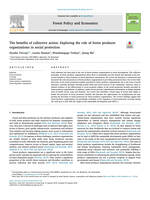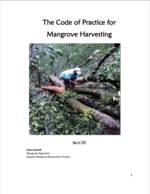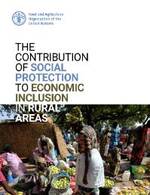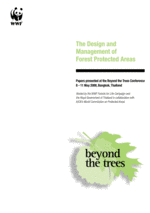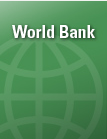الأدوات
الأداة هي مصدر يوظف لدعم تنفيذ الإدارة المستدامة للغابات وتوجيهها. ويشتمل هذا القسم على جميع الأدوات المتاحة في مجموعة أدوات لإدارة المستدامة للغابات التي قد تكون على شكل إصدارات أو مقاطع فيديو حول التعلم الإلكتروني أو برمجيات وما إلى ذلك.
بوسعكم تصفح "الأدوات" من خلال كتابة كلمات أساسية في مربع البحث المجاني أو بإمكانكم تضييق نطاق البحث باستخدام فلاتر موجودة على الجانب الأيمن من الصفحة.
Little attention has been paid to the role of forest produce organizations in social development. The collective principles of forest producer organizations allow them to potentially provide formal and informal social pro- tection benefits to their members in forest dependent communities. We review the literature to understand and document the...
Indigenous peoples and peasant communities have long been managing tropical forests and have increasingly gained legal access to the resource base. Only recently, however, have they started to form small and medium forest enterprises (SMFEs) to add value to their timber and non-timber forest products (NTFPs). SMFEs represent a promising...
The overall objective of the publication is to provide data and information to allow for informed decision-making on the contribution sustainable charcoal production and consumption can make to climate change mitigation. About half the wood extracted worldwide from forests is used to produce energy and about 17 percent is converted...
The development of the Code of Practice has become necessary to guide the government in its management of the mangrove ecosystems. The Code of Practice is therefore designed to assist as a tool for mangrove management. It is directed to all stakeholders concerned with the conservation and sustainable utilization of...
Participatory Assessment, Monitoring and Evaluation (PAME) is an idea whose time has come. It offers new and promising ideas for sustainable and appropriate community forestry development. PAME "flips" the traditional "top-down" development approach to a "bottom-up" approach which encourages, supports and strengthens communities' existing abilities to identify their own needs,...
Economic inclusion is at the forefront of the social protection agenda, and a concept increasingly recognized and developed by policymakers, non-governmental organizations (NGOs), and development partners at large. However, the actual underpinnings behind this term vary greatly, from broad, multisectoral, long-term approaches, to time-bound integrated bundles of interventions. Nonetheless, there...
Human impact is so considerable, and there are so many links between the biosphere and the atmosphere – in both directions – that it is clear that the only course is to manage them jointly. The role of forests is large in that equation, not just in terms of the...
This book is a contribution by 30 African scientists associated with at least 16
institutions across Africa and a few outside the African Continent working
towards solving African resource management problems in the dry forests and
woodlands.
The value of the book is the link it provides between the available resources
of the dry...
This report summarizes the current state of knowledge on the ecology of non-timber resources such as fruit, nuts, oil seeds, latexes, resins, gums, spices, and medicinal plants and outlines a series of management recommendations for their sustainable harvest. The discussion is divided into four parts. Brief summaries are included at...
The ecosystem approach is a strategy for the integrated management of land, water and living resources that promotes conservation and sustainable use in an equitable way. Application of the ecosystem approach will help to reach a balance of the three objectives of the Convention. It is based on the application...

